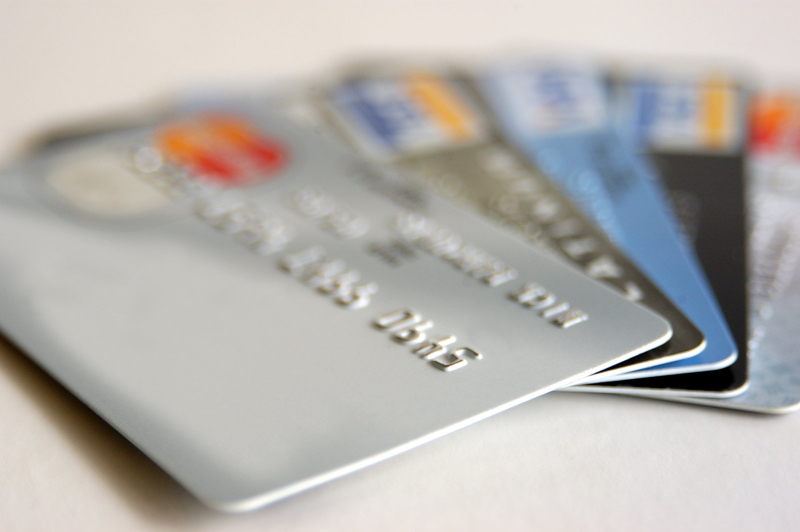Do you remember that old Visa commercial? It had quite a run during sporting events about a decade ago … everything in the restaurant/market is running smoothly — chefs are shipping up meals, customers are moving in an orderly fashion, credit card payments are keeping the line short, and then…
…the main character pulls out his wallet, thumbs for some CASH and ruins everything.
Credit cards are now so woven into the fabric of our society, it’s hard to imagine the slower, cash-centered society of yesterday. And with smartphones constantly evolving into new kinds of app-based payment systems on their own, the process is accelerating further.
Money can start to become mere numbers on a computer screen. And that’s when things can get really out of control for many Southern California families.
So managing all of this — especially the credit card accounts — has become a more essential skill than ever.
David Barnes’ Tips For Using Credit Cards And Avoiding Credit Card Debt
“To contract new debts is not the way to pay old ones.” – George Washington
Let me say off the bat: it is not a bad thing to own multiple credit cards. However, if you possess multiple credit cards that you rarely touch, it’s time to pare down. Signing up for in-store credit cards, for instance, to capitalize on savings and rewards is okay if you shop there often.
But please consider credit cards only if you will use them on a regular basis. And then set a budget for each one.
Psychologically, buying things with a credit card is a cinch — all you do is run a piece of plastic through a machine. But before you know it, all that swiping adds up to a heaping amount of debt. In 2018, the average American household possessed an average of $5,700 in credit card debt.
An unfortunate statistic, but something we can take steps toward alleviating if we stick to a regular budget. Here is a list of the best online budgeting tools (but if you use one, make sure you check and update it on a weekly basis):
Whichever option you choose, consider downloading the app to your smartphone (available on all three resources listed). The more you get in the habit of checking your credit card spending, the better handle you will have of your money.
Rewards and Reports
Credit card reward systems have redefined financial strategy for countless Americans over the last decade. Many credit cards offer cash back, discounts or other free rewards in exchange for the amount you swipe. If you are going to swipe a credit card, at least make it count with a certified system.
Lastly, running a regular credit report is essential if you have any credit cards on file. Visit Annual Credit Report to have the three major credit bureaus — Experian, TransUnion and Equifax — run a credit report for you today. A credit report will tell you how many delinquencies you have against your credit (i.e. how late you are to pay credit card pills) and your debt-to-credit ratio.
This is much more than “knowing your score” — which many platforms now provide. It’s a way to verify that you don’t have extraneous accounts piling up, and that you are also not getting victimized by account or identity theft.
When you adhere to credit card budgets, rewards and reports, you are well on your way to managing the plastic. Because the amount of credit card debt has soared so high over the years, credit cards often receive a bad rap. But, like many facets of adulthood:
“With great power comes great responsibility.”
Funny how a little rectangular piece of plastic can have so much power over your life, and that’s why you should use it wisely — at your discretion. The benefits of credit card use can be vast: track spending, maintain a credit score or receive cash back.
But if they are causing out of control spending … it’s a smart idea to just kill them altogether. Go full-on Dave Ramsey before you find yourself buried.
The main thing is to keep yourself in check, and stay that much closer to wise spending.
Warmly,
David Barnes
(714) 541-4338
Barnes Accountancy Corporation

